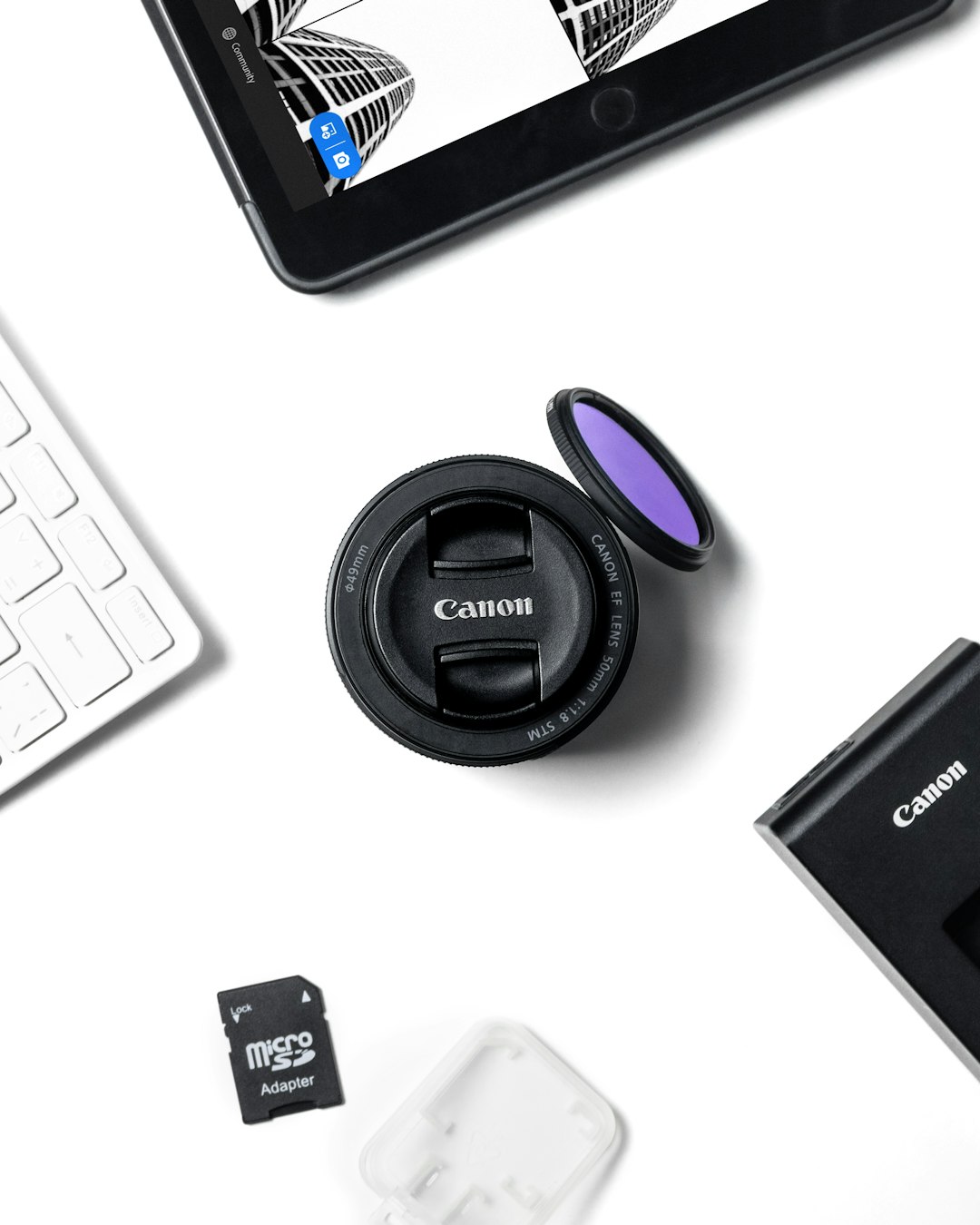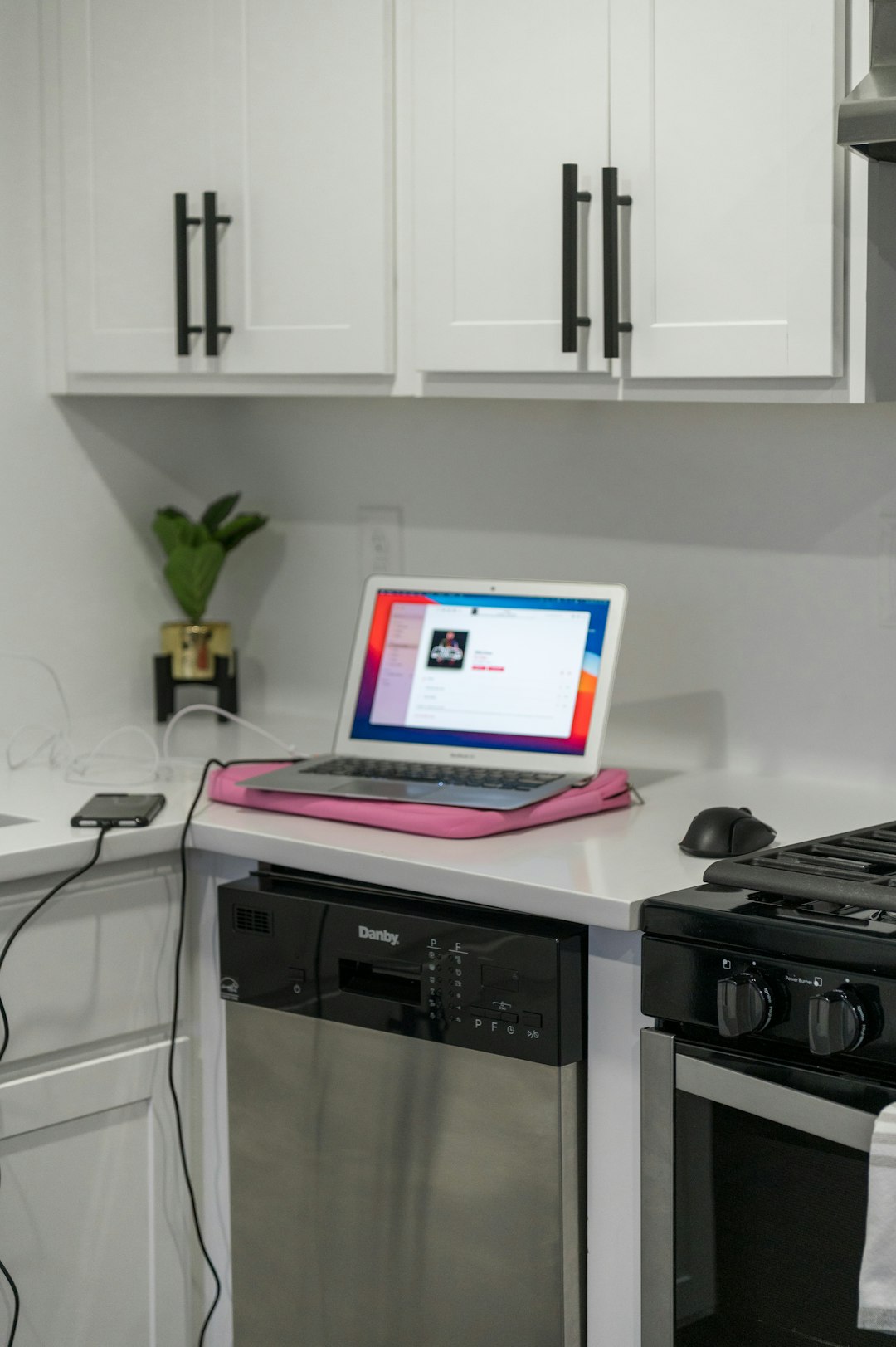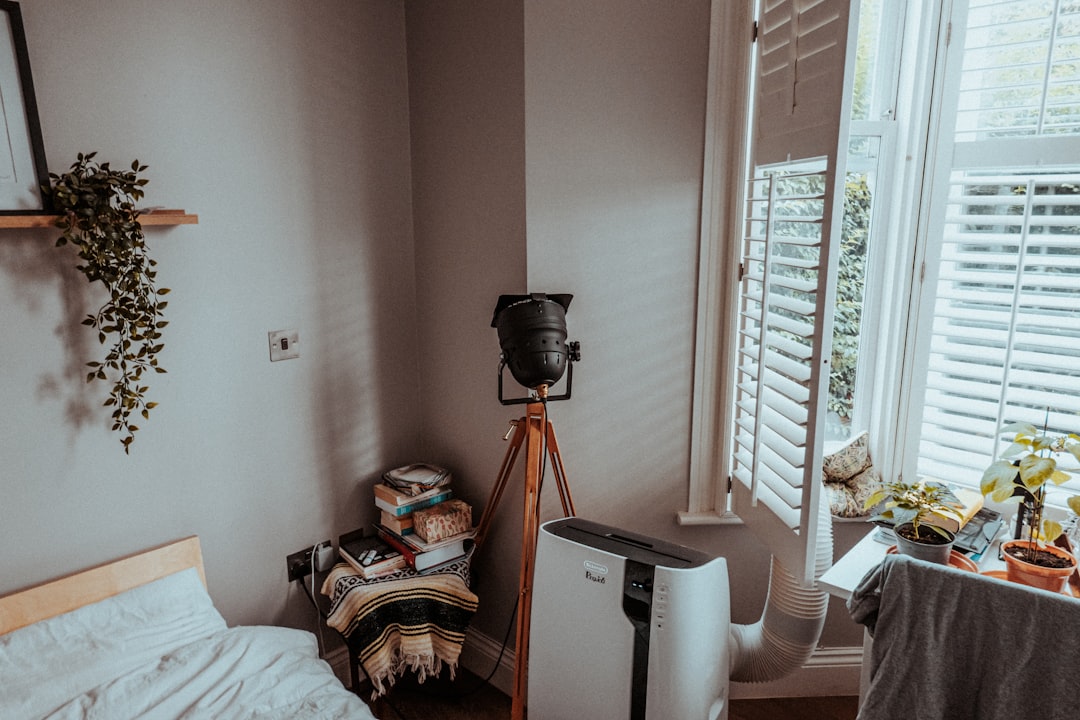The Kuna Home Assistant integration allows users to connect their smart security devices like lights and cameras into the Home Assistant ecosystem. This enables automation, remote control, and monitoring. However, users sometimes face connectivity issues when trying to link Kuna with Home Assistant. Fortunately, there are several proven methods to address these problems and restore optimal functionality.

Common Reasons for Connectivity Failures
When the Kuna integration fails to connect with Home Assistant, it’s usually due to one or more of the following issues:
- Incorrect login credentials
- Outdated Home Assistant or Kuna firmware
- Network configuration issues
- API rate limits
- Temporary external server outages
Identifying the specific cause is the first step toward resolving the failure. Below are detailed steps to diagnose and fix the issue.
1. Double Check Account Credentials
One of the most common reasons the integration fails is incorrect username or password combination during setup.
Fix: Log in directly to the Kuna website using the same credentials. If login fails there too, reset the password and update the integration settings in Home Assistant accordingly.
2. Ensure Home Assistant and Kuna are Up-to-Date
Older versions often lack API compatibility or bug fixes necessary for reliable connections.
Fix: Update both Home Assistant and your Kuna firmware to their latest versions. Check the Home Assistant release notes and Kuna app for updates.
3. Check Network Settings and Internet Access
Kuna devices and Home Assistant need stable internet connections. Misconfigured routers or firewalls may block communication.
Fix:
- Ensure both Home Assistant and Kuna devices are on the same LAN or can reach the internet.
- Disable VPN or proxy settings temporarily to troubleshoot the issue.
- Check router logs for blocked traffic or set firewall rules to allow Kuna communication.
4. Avoid Exceeding Kuna API Call Limits
If Home Assistant makes frequent requests to Kuna’s servers, it may hit an API limit, resulting in a temporary lockout.
Fix: Reduce polling frequency in the integration configuration. Consider using automations to call APIs only when necessary, such as detecting motion or specific triggers.
5. Reinstall the Integration
Sometimes, the simplest solution is to remove and reinstall the Kuna integration from scratch.
Fix:
- Go to Home Assistant’s Settings > Devices & Services. Locate the Kuna integration and select Delete.
- Restart Home Assistant.
- Re-add the integration, entering the correct credentials.

6. Check Home Assistant Logs
The system logs can provide valuable hints about the underlying issue blocking the connection.
Fix: Navigate to Settings > System > Logs in the Home Assistant UI. Look for errors related to “kuna” or “integration” and cross-reference with the Home Assistant community forums or GitHub issues page.
7. Confirm Server Status
Occasionally, Kuna’s own servers may be down or under maintenance.
Fix: Visit websites like Downdetector to verify if other users are reporting problems with Kuna’s service. Wait and try again later if widespread issues are detected.
FAQ: Fixing Kuna Integration Issues
- Q: Why does Home Assistant say “Failed to Connect to Kuna” after setup?
A: This usually indicates incorrect credentials or temporary API issues. Double-check your login info and retry. - Q: What ports need to be open for Kuna to work?
A: Generally, standard outbound ports (like 443 for HTTPS) must be open. Check that no router rules are blocking outbound traffic. - Q: Can I control Kuna lights through automation once it’s connected?
A: Yes, once integrated, Kuna lights and motion sensors can be added to Home Assistant automations and dashboards. - Q: Will I lose my configurations if I remove the integration?
A: Removing the integration deletes its settings, but you can document them beforehand and re-add quickly after reinstalling.
By following these steps and tips, users can typically fix their Kuna integration issues with Home Assistant and return to enjoying their smart home devices to the fullest.




